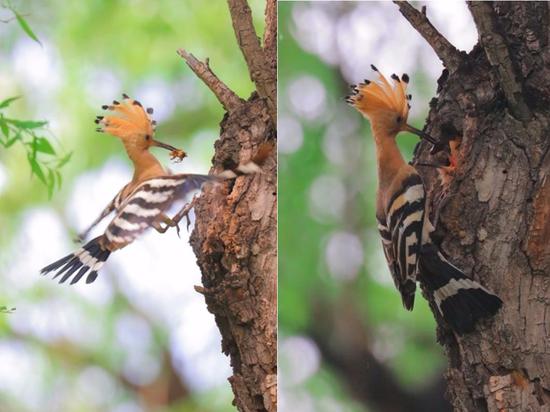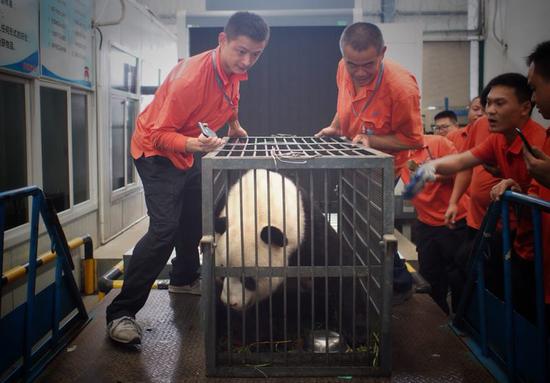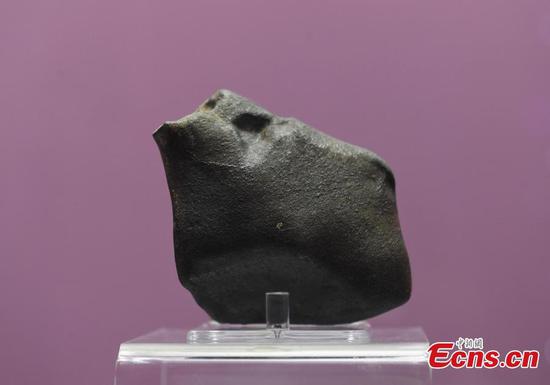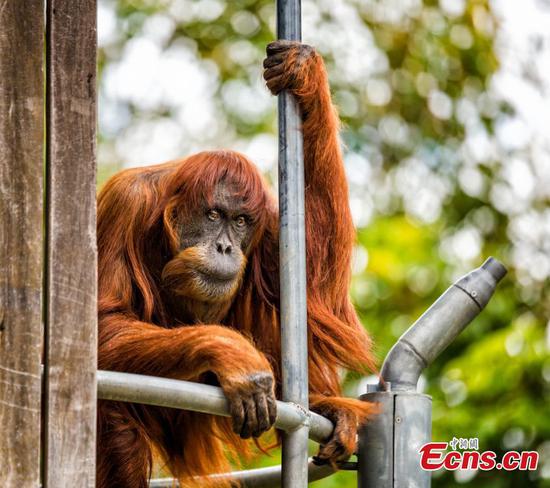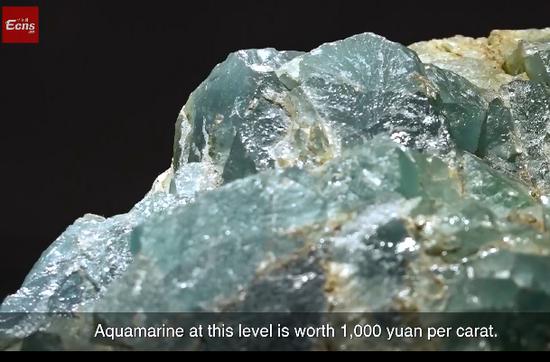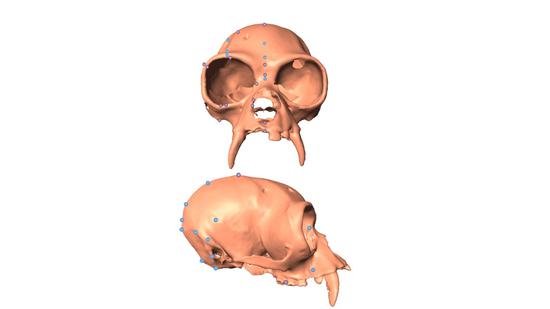
Remains of the new species of ape discovered by British researchers in northwest China's Shaanxi Province.
British researchers have discovered a new species of ape buried in the tomb of ancient Chinese royal family member Lady Xia.
The 2,300-year-old site excavated in 2004 contained 12 burial pits with bones and remains of the royal family and their animals. The research team immediately identified bones of an Asiatic black bear, a leopard, a lynx, a crane, but the remains of the gibbon’s skull and jaws aroused their curiosity.
After extensively studying the excavated bones, scientists discovered that they belonged to an entirely new, but already extinct genus of gibbon.
The Zoological Society of London (ZSL) maintained that sophisticated computer modeling reveals that these ancient bones represent an entirely new genus and species of gibbon.
The research team named the new species Junzi imperialis, which survived less than 300 years ago. Researchers think that the gibbon was probably a pet of Lady Xia. Keeping wild animals like leopards, bears, and other exotic animals has been a distinctive feature of royal families around the world.
"Our discovery and description of Junzi imperialis suggests that we are underestimating the impact of humans on primate diversity," lead author of the study, Dr Samuel Turvey said.
"These findings reveal the importance of using historical archives such as the archaeological record to inform our understanding of conservation and stress the need for greater international collaboration to protect surviving populations of gibbons in the wild," he added.
Primates are considered as the most threatened mammals in the world. In Asia, more than 73 percent of primates are facing extinction threat, compared to 60 percent globally.
According to ZSL, two species of gibbon have recently disappeared in China, and all surviving Chinese species are currently classified as Critically Endangered by the IUCN’s Red List of Threatened Species.
The Hainan gibbon, also known as Nomascus hainanus, a species of gibbon found on the southern Chinese island province of Hainan, is now probably the world’s rarest mammal, with only 26 left.
Gibbons, the smallest among apes which are known for their distinctive songs and long arms, are an integral part of Chinese culture.
Researchers say Junzi became extinct due to past human activities, likely to have included deforestation and hunting.
Dr James Hansford, a research associate with ZCL, told CGTN that until the discovery and description of Junzi imperialis, it was thought that apes and most other primates have been relatively resilient to past human pressures on biodiversity, and that the worrying global decline of apes was a modern-day phenomenon.
The recent discovery has raised the issue of primate remains preservation and the fossil record. Researchers suspect that there may also have been numerous past human-caused extinctions of apes and other primates before the recent historical era.
“It's most parsimonious to conclude that Junzi's extinction was almost certainly caused by humans rather than natural turnover,” Hansford added.


















